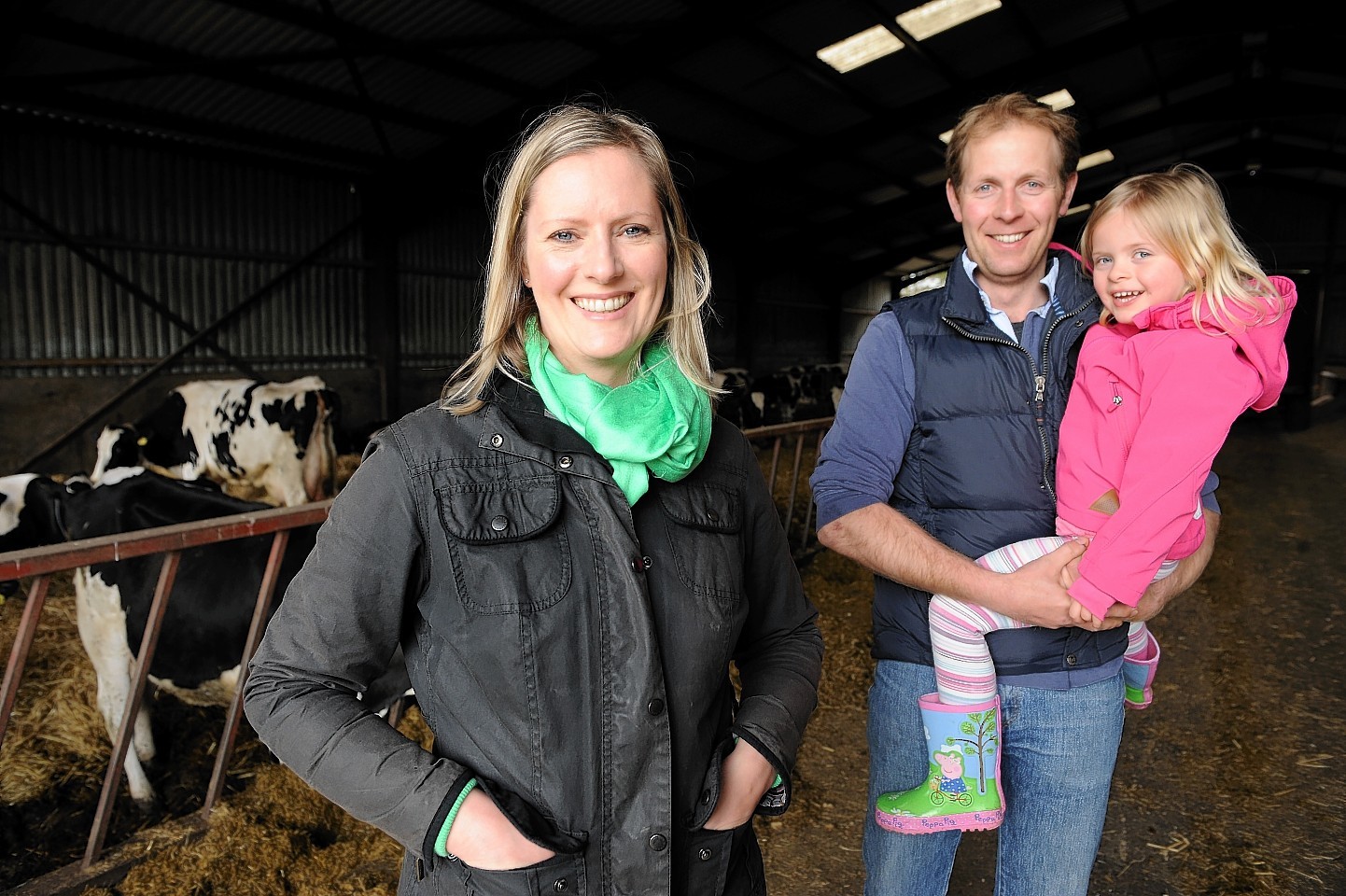In the summer of 2002, I visited a dairy farm for the first time.
My new boyfriend, Nick, a fourth-generation farmer, was cooking dinner. He poured us a glass of wine while a lamb casserole simmered on the stove.
Then, a persistent braying began.
The farmhouse is a stone’s throw from the top shed, home to heifers (first-time mums) in-calf, I was told at the time. When he invited me to come out while he checked on them – “take your wine with you”, he suggested – I tentatively picked my way through sun-baked cow pats in the collecting yard to the central pass, regretting my choice of footwear (open-toed kitten heels).
Unfortunately for all concerned, it was a difficult calving. The calf was enormous and it was stuck.
Nick quickly produced a gargantuan steel contraption and began ratcheting the poor beast open, as I looked on, more than a little horrified. Deftly attaching calving ropes to the calf’s exposed ankles, he hauled. To my surprise, the oversized calf came out front legs outstretched, superman-style, and within minutes, was trying out its wobbly legs.
Happily, both mother and calf were fine, although Nick later confessed he thought the experience might have scared me off. True, it had been traumatic (more for the heifer than me), but I was unfazed.
With my food writer’s head on, I was intrigued. Probably like a lot of non-farming folk, I hadn’t given much thought as to how my milk got on to the supermarket shelf or what it cost to get it there. In 2004, I wrote in The Scotsman that some farmers were being paid 17p per litre for their milk, while it cost them 21p per litre to produce.
I hadn’t realised that a commercial dairy farm aimed to have its herd in-calf year round, so the cows are constantly producing milk, or that artificial insemination is the predominant method of getting the cows in calf, with a bull ‘mopping up’ the rest. I didn’t know you could get robots to milk cows.
Over the past decade, I’ve witnessed the exodus of farmers from the UK dairy industry, production costs and erratic milk prices forcing them out. While time and again, Nick has threatened to sell his 170-head herd of Holstein-Friesians.
That was until early 2013, when he decided to diversify.
After a feasibility study by the SRUC’s food and drink team, he plumped for ice cream, and invested in a dozen Jersey cows, Bluegrass Jerseys, no less, (the crème de la crème of Jerseys) to increase the butterfat content of his milk.
Three months of market research, training, testing and tasting later, together we launched an artisan ice cream company at our local agricultural event, the Black Isle Show. To our relief and delight, it was a success; the ice cream sold out despite six hours of interminable rain.
Going into food production has its own set of unique challenges and it’s been a steep learning curve, as with any new business, but now we have a solid base of retail and trade customers and the positive feedback we get about the ice cream is very rewarding – we were lucky enough to win Best New Product at the HIFD Awards last year.
It doesn’t make the perennial problems facing dairying disappear, but it does provide a much-needed boost, financially and psychologically, to Nick and his team on the farm.
Last week, for instance, they lost a cow during a c-section, but the ice cream parlour won a trade account with a new soft play business. Admittedly, Frankie and Lola’s (soft play) will need to shift a fair few sundaes to cover the cost of the dead cow, but at least the future of the Rootfield dairy herd looks a little brighter – for now.
* Rootfield Farm is on the Black Isle, 10 miles north of Inverness, where Jo lives with husband Nick, a fourth-generation dairy farmer, their daughter Daisy and 150 cows.
Next month: happy holidays – can a dairy farmer ever really take a break?
